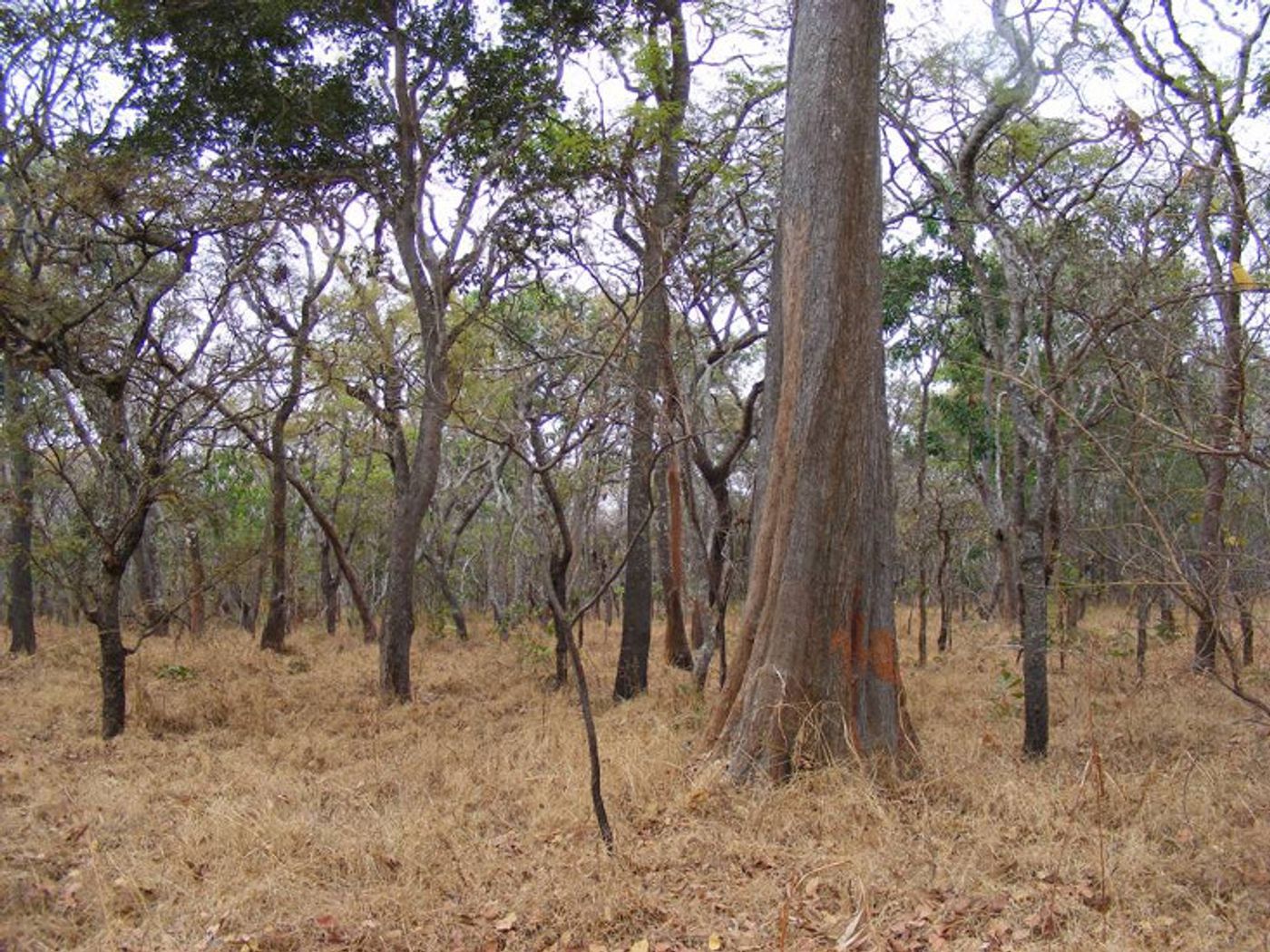African savannas are emitting three times the CO2 than thought
The Miombo woodlands extend over 2.5 million square kilometers across Africa, passing through Angola, Zambia, Tanzania and Mozambique. This ecosystem provides valuable habitat for wildlife and acts as a carbon sink, keeping precious CO2 out of the atmosphere. But that’s changing now, new research reports, as recent widespread tree felling throughout savannas has increased carbon emissions threefold.
The research comes from a team at the University of Edinburgh that used radar satellite data to analyze the impact of carbon emissions from degradation and deforestation versus the offset that is provided via the growth of remote trees. Degradation here refers to the removal of trees due to logging, fire, and other reasons, and has been historically hard to monitor because satellite images often do not show differences in vegetation. Deforestation, meanwhile, refers to the clearing of entire areas for commercial activities.
Co-lead author, Dr. Casey Ryan, explains: "We knew that degradation was a problem, but this new approach means it is now much easier and cheaper for countries to monitor their natural resources and to target actions on the ground to mitigate these losses."
The study, published in the journal Nature Communications, determined a surprising discovery: degradation releases around twice as much carbon as deforestation. This is particularly true for areas close to cities and roads. What is the cause of this?
Well, according to the researchers, degradation occurs mostly in the form of using wood for fuel for the purposes of cooking and heating. In fact, they estimate that roughly 80% of the energy consumed in the area comes from woodlands resources. Because this aspect of rural life is unregulated, degradation can run amuck quickly, leading to fewer thriving trees taking in less and less CO2. Indeed, the total combined carbon losses from both degradation and deforestation range between three and six times higher than previously thought.
But do not despair! Dr. Iain McNicol, the other co-leader of the study, said: "While the rates of carbon loss we found are alarming, there is some cause for optimism. It is clear that in areas far from human influence, trees are taking in more carbon from the atmosphere. If more land is protected or used in a sustainable way, woodlands can recover relatively quickly."
Sources: Science Daily, Nature Communications









